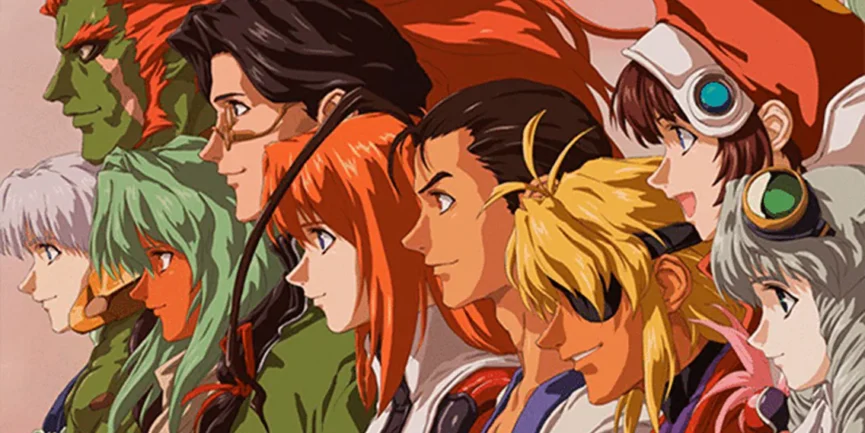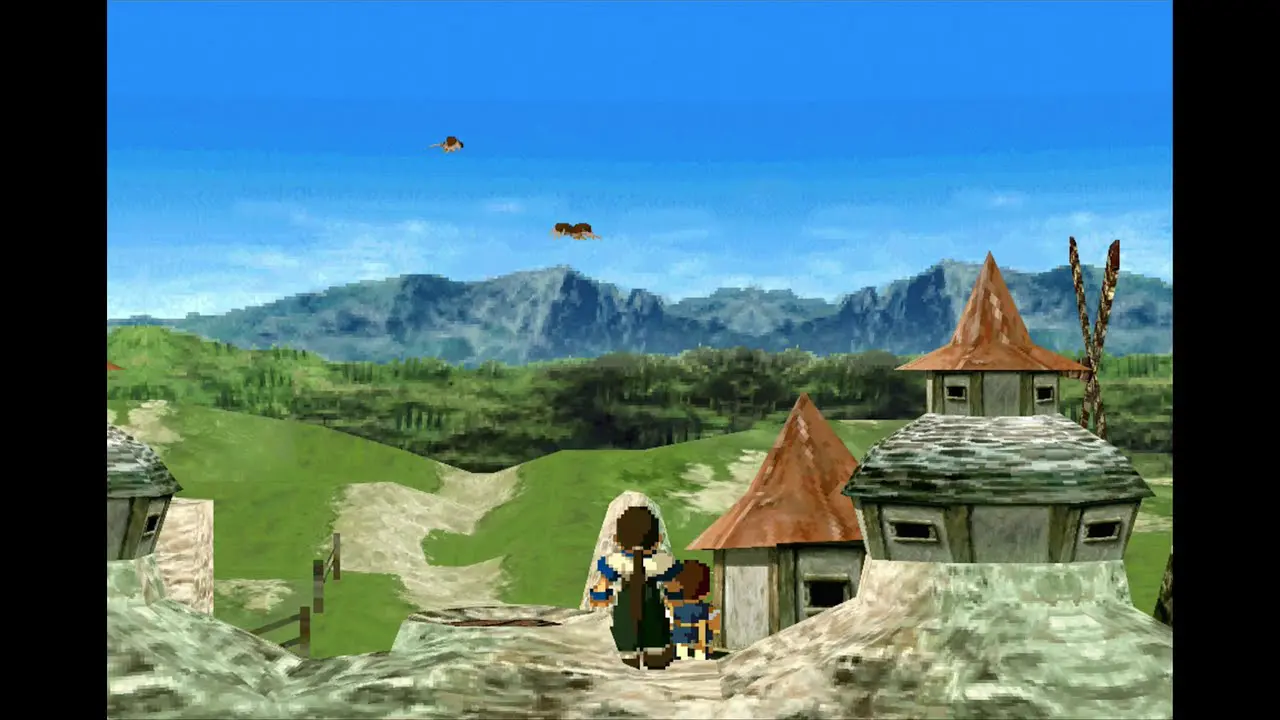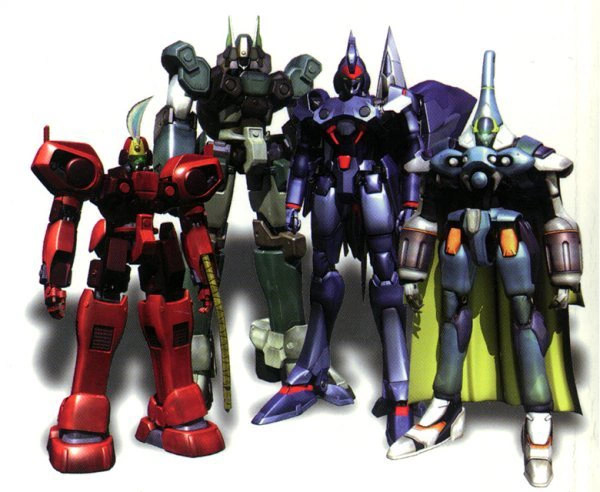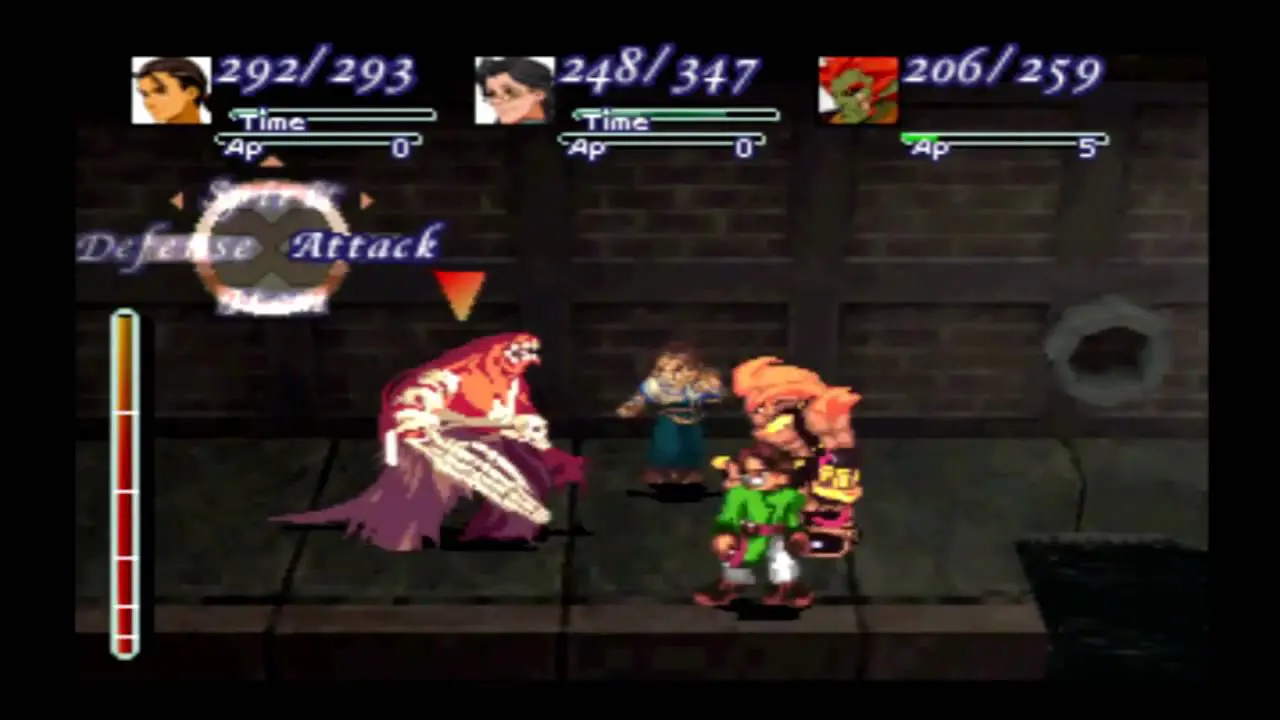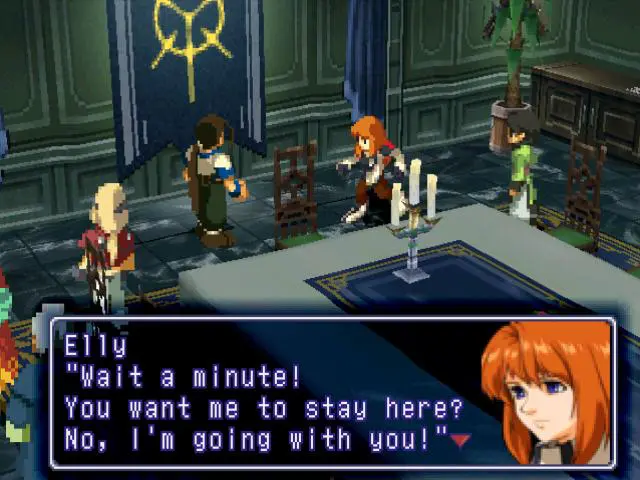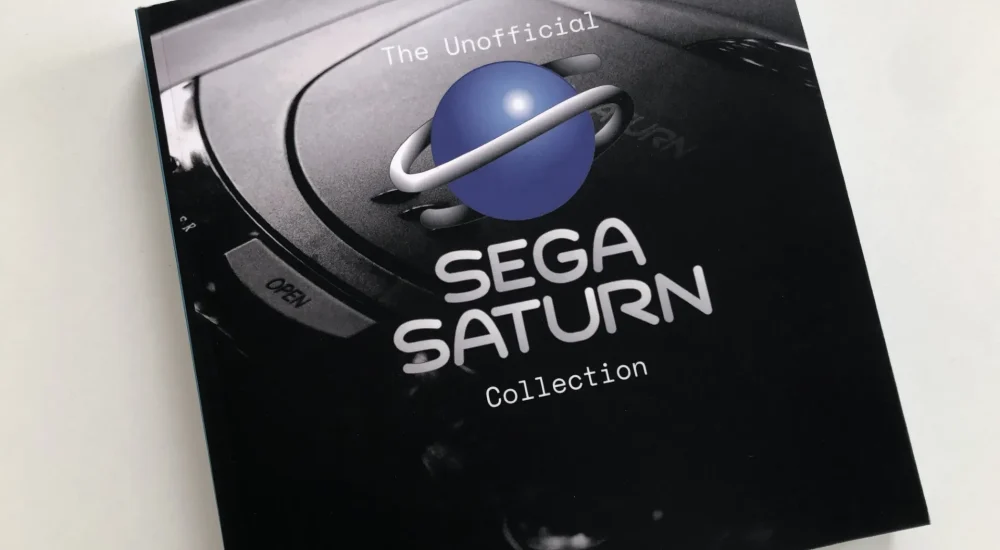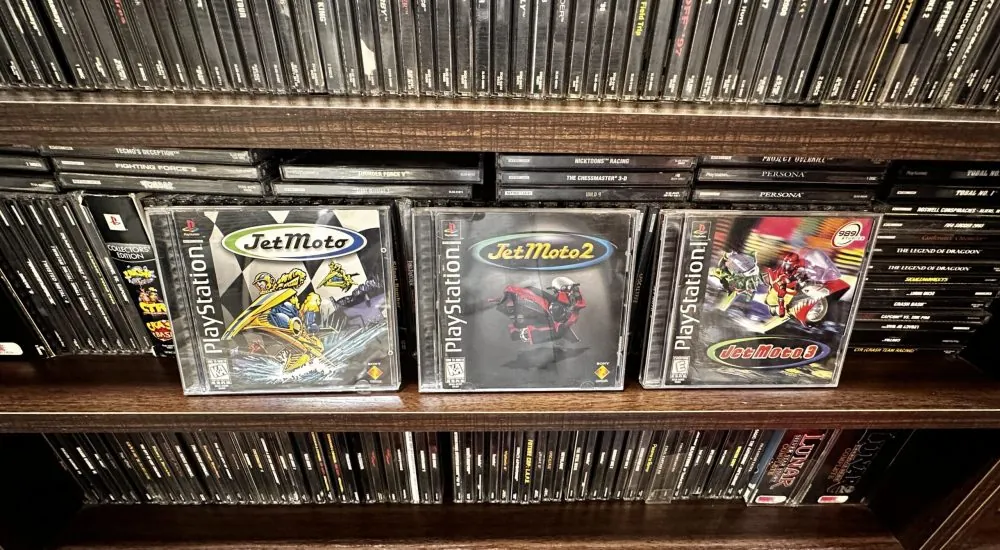The tale of Xenogears is a captivating one. Initially announced and then withheld from translation due to religious concerns, the game garnered widespread support from gamers who signed petitions advocating for its release. Ultimately, whether influenced by the petitions or not, Xenogears was announced for translation and release in the US.
Upon the launch of Parasite Eve, many eagerly explored the included demo disc, which featured the magnificent CG visuals of the FFVIII movie. Intrigued, some ventured to experience the Xenogears demo, which offered about an hour of gameplay, glimpses of various characters, and a chance to test the acclaimed new battle system. The general consensus leaned towards Xenogears being a worthwhile prospect.
Despite being somewhat overshadowed by the arrival of Metal Gear Solid, Xenogears made its debut in October, swiftly winning favor among many as a game well deserving of investment.
The game commences with a captivating anime intro that establishes the futuristic ambiance, offering a delightful visual experience. The initial events depicted in the intro are not fully clarified until late in the game, leading to a sense of revelation when the truth is unveiled.
In the initial hours, the plot unfolds relatively slowly, with the protagonist, Fei Fong Wong, residing in the tranquil village of Lahan, shrouded in mystery and amnesia, a common trope in RPGs. Lahan provides an enchanting initiation to the game, teeming with secrets, offering an opportunity to acclimate to the controls and engine, and exuding an alluring charm.
However, this idyllic atmosphere is short-lived.
While the game’s graphics may not stand out as the most stunning, possessing a distinct style, they generally receive favorable reception. The battle sequences vary in style; regular fights feature detailed sprite-based animation for combat techniques, while Gear battles showcase high-detail polygonal visuals. Overall, the game expertly intertwines sprites and polygons.
The gameplay adheres to some expected conventions while diverging in other aspects. Players navigate their characters across a grand overworld and various locales, generally with responsive controls. Occasional instances of unresponsiveness were observed, notably when attempting to jump against objects, though such occurrences were infrequent.
The innovative battle system functions effectively, allowing players to chain three levels of attacks to execute visually striking and potent “Deathblows.” However, the acquisition and mastery of Deathblows require dedicated effort and progression. Gear battles employ a distinct fuel-based system, where the power of the Gears relies on the installed parts rather than the characters’ progress, somewhat diminishing the significance of character development.
Equipment management diverges from traditional RPG mechanics, featuring a singular “Accessories” category encompassing weapons, armor, and protective items. This setup provides extensive customization for characters and Gears, with both having three equipment slots, enabling diverse combinations of defensive and status-affecting gear.
The focus in combat leans heavily towards hand-to-hand fighting, often leaving magic in the background. Though most characters possess limited offensive magic abilities, the prevalence and potency of healing magic stand out. While magic remains a valid choice for those who prefer it, it’s generally less efficient than utilizing Deathblows, particularly as characters gain access to higher-level Deathblows. It’s quite uncommon to witness magic-users executing a combination of physical attacks that surpasses the damage caused by magic. The potential for a more comprehensive magical system in the future is something to anticipate.
Mini-games
Notably, the game includes a variety of mini-games, with “Battling” standing out as one of the most prominent. This mini-game essentially resembles real-time Gear combat in an arena setting, with the option for two players to engage. Players can earn and accumulate Battling Points for valuable items. Additionally, a card game unfolds on giant cards, demanding speed, reflexes, and a touch of luck. While several other smaller mini-games exist, they collectively serve to enrich the gaming experience.
Game Length and Content
In view of concerns regarding game length, Xenogears proves to be substantial and engaging. The game consistently occupies players for an estimated 50 to 80 hours on their initial playthrough, ensuring a satisfying experience without unnecessary padding.
Sound and Music
The sound effects meet the high expectations associated with Square, and the music, in particular, stands out. Drawing justified comparisons to the music in Chrono Trigger due to its similarity in style and melodies, Xenogears rises above with its emotional compositions. The game even offers a musical test feature, sparing players the need to separately purchase the soundtrack, although it is highly recommended. The vocal performances, notably in the ending credits, shine with their captivating beauty.
Voice Acting and Story
While not reaching the heights of productions like Metal Gear Solid, the occasional voice acting in Xenogears remains pleasant. The storytelling stands out as one of the finest in RPGs, progressively revealing more about the plot, character backgrounds, and intertwining plot threads. The narrative captivates players, fostering a desire to uncover more as they delve deeper into the game.
Character Development
Character development varies, with four characters receiving substantial focus and growth throughout the narrative, while others remain more in the background. The antagonists also benefit from strong development, akin to the impact of Sephiroth in Final Fantasy VII, prompting players to empathize with their motivations and feelings.
The overall tone is warm and engaging, with a focus on the user experience and detailed insights into various aspects of the game.
Disc 1 of the RPG story is quite straightforward in terms of plot development. The characters travel, learn, and react to events that unfold. However, Disc 2 takes a significant turn from the norm. Instead of directly experiencing the plot events, the story is mainly narrated by three characters through their testimonies. This approach has a direct impact—during the most complex parts of the plot, the story continues to unfold without requiring the player to traverse through additional dungeons. Instead, the plot is delivered, allowing the player to witness the events firsthand. While players are not passive observers in Disc 2, the plot is presented from the perspectives of characters who understand the events, adding depth to the storytelling experience. This departure from the traditional storytelling method is up for debate, but it certainly adds an entertaining twist to the game.
The controversial aspects of religion in the plot are not as contentious as one might expect. Although the story heavily delves into religious themes, it is not likely to be offensive. While parallels can be drawn between the game’s religious system and modern religions, the tone is crafted in a way that is generally non-offensive, although individual reactions may vary.
Xenogears does have a few minor flaws. For instance, the lack of a text speed option can become noticeable, especially during long-winded character dialogues. Additionally, the difficulty level is somewhat unbalanced, with certain bosses proving too challenging for some players. Dying in the game is generally uncommon due to the abundance of cheap items that fully restore health. Moreover, various status effects and attack types, such as Sonic and Gel attacks in Gears, are underutilized and rare. Despite these flaws, it’s challenging to heavily criticize Xenogears for these minor oversights. It stands as one of the best RPGs of 1998, one of the more exceptional console RPGs, and certainly a game worth investing in.

